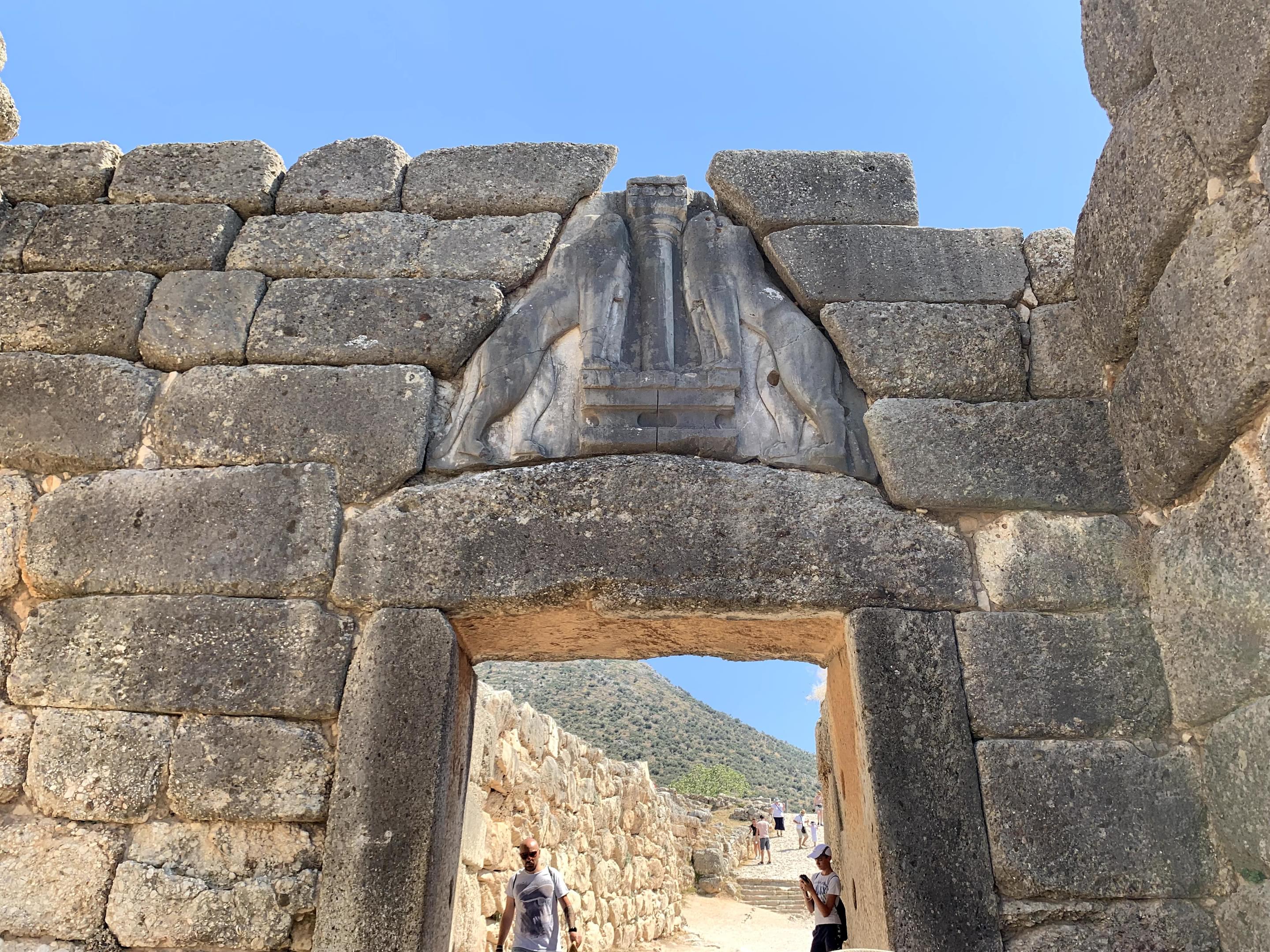About Lion Gate
The Lion's Gate, a defining feature of the ancient citadel of Mycenae in Greece, stands as a testament to the civilization's architectural prowess and symbolic power. Dating back to around 1250 BCE during the Mycenaean period, this imposing entranceway is adorned with two stone lions atop monumental pillars, representing the might and sovereignty of the Mycenaean rulers.
The gate's massive stone blocks, expertly carved and fitted together, showcase the engineering mastery of the time. Its strategic location at the head of the citadel's main access ramp suggests it served not only as a defensive fortification but also as a grand statement of authority and prestige.
Visitors to Mycenae are captivated by the Lion's Gate, which remains an enduring symbol of Mycenaean civilization and its enduring legacy. Standing before this ancient marvel, one can't help but be transported back in time, envisioning the glory and splendor of this once-thriving culture.















.jpg?w=1280&dpr=1)



